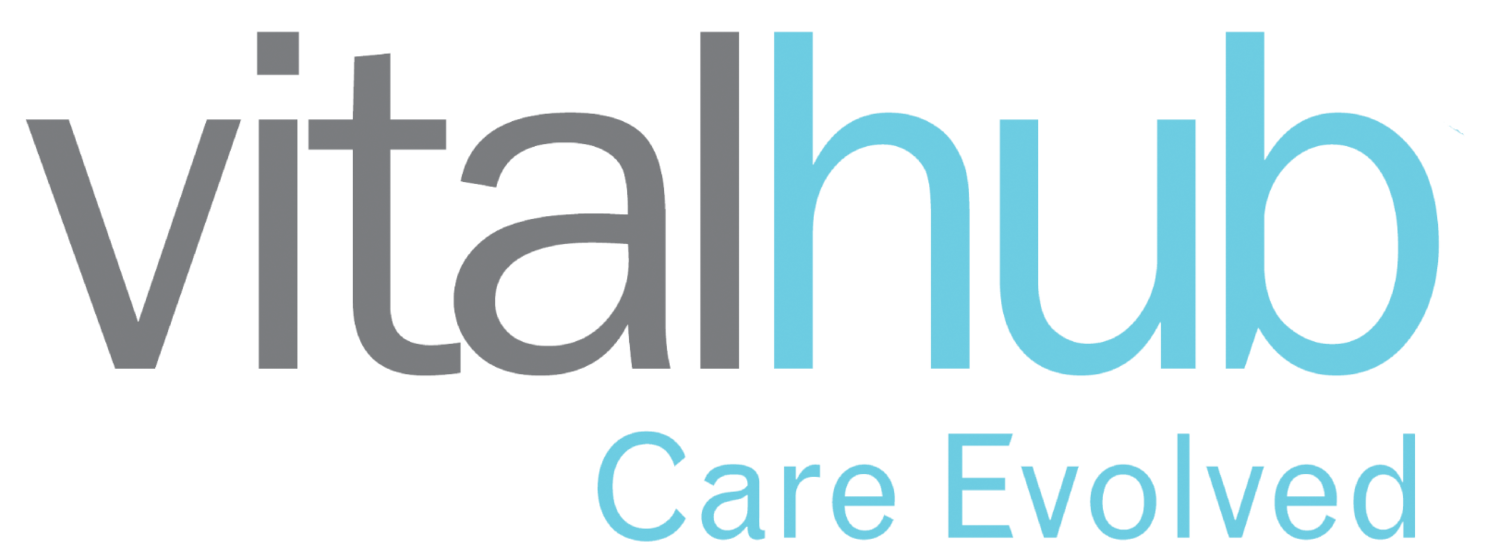
SHREWD
Real-time visibility of the whole health system
A live operational management platform that provides instant visibility of whole-system data, supporting improved patient flow and safer, more effective care for patients.
SHREWD was established to solve the challenges associated with how you can capture and transform health data from a wide range of sources to provide actionable insights across whole health systems. The SHREWD platform offers a range of innovative tools to effectively manage patient flow, demand and capacity, whole-system data sharing, and operational control centres. SHREWD supports healthcare organizations to address fragmentation in services and enable more coordinated, continuous, and improved care for patients.
The Numbers
Our customers have noticed significant improvements to their check-in processes and operational efficiency.
68%
Deployed in over 68% of the NHS in England
71%
Implemented by 71% of NHS regional teams
1100
Used by over 1100 NHS providers nationally
All the functionality you expect and more
Utilizes real-time data from all providers across a system
Provides reporting functionality to understand trends
Encourages integrated working through data sharing
At-a-glance view of live system pressure
Notifications alert individual users when pressure levels change
The SHREWD Platform
A portfolio of solutions to solve the challenges associated with how you can capture, transform and easily display a wide range of healthcare data, from multiple providers in real time, to create a centralized System Coordination Centre and a single version of the truth.
The core to SHREWD’s success has been the in-depth understanding that we have of data flows, data management, data translation, visual display and actionable insights that drive behavioural change to improve patient flow and enhance operational resilience.
Using live color coded dials, dashboards and heatmaps, our SHREWD modules enable users to recognize early warnings in and around the wider infrastructure and take action quickly, helping to avoid breaches of targets for performance measures, saving valuable time, and maintaining patient safety.
By providing a critical strategic overview of growing pressure, in both Urgent and Emergency and Elective Care pathways, it helps to load balance and support mutual aid transfers between providers, enabling an integrated, tactical response to reduce pressure, resolve delays and improve care delivery services.
Resilience
SHREWD Resilience provides a live helicopter view of pressure in the urgent care system, for all providers, enabling users to identify where support is needed to improve flow and implement effective operational processes.
SHREWD Resilience is a cloud-based application that takes complex digitized data from multiple providers across healthcare systems, from Acute and community trusts to ambulance and primary care, and creates instant, automated, whole-system visibility of pressure, creating one single version of the truth. This is used to provide a real-time view of pressure points in the flow of patients through the urgent and emergency care pathway. Users can focus on where support is required in order to improve flow and manage demand and capacity.
Region
SHREWD Region provides a simple, map-view of real-time pressure across a large geographical area, spanning multiple systems, trusts and providers along
SHREWD Region provides a central view of real-time pressure across a large geographical area, spanning multiple systems, trusts and providers. The simple, BRAG rated heat map is intuitive and user-friendly, demonstrating and at-a-glance view of current system OPEL status. Users can then click on to specific areas to drill down into more detailed information about the system status, using a number of different data indicators as defined by the needs of the user.
The dashboard view displays real-time urgent and emergency care data from each specific area, automated directly from the provider. SHREWD Region’s reporting function also facilitates daily winter returns and in-year escalation reporting, which can be automated with ease, displaying data in real time. This regional report automatically updates data from providers, in which narrative can be added as required, and is submitted to regional teams daily, saving valuable admin time for local and regional teams.
Vantage
SHREWD Vantage creates a centralized version of truth for ambulance providers, pan region, enabling them to buy time by allowing decision-makers to quickly view demand and resource levels and take action to alleviate pressure across multiple sites. This at-a-glance view of pressure helps staff to redirect ambulance teams to less pressured sites, reducing ambulance handover delays.
SHREWD Vantage works in combination with SHREWD Resilience to provide a live view of pressure across a large geographical area. It displays data from multiple systems, trusts and providers via a real-time BRAG rated heatmap, with a filter functionality to show specific key data sets from the SHREWD Resilience dashboard across a defined geographical area, such as:
Bed Capacity
ED wait times
Ambulance handover delays
Community discharges
DTOCs
Waitless
SHREWD WaitLess is a patient facing app that helps to redirect patients to the most appropriate, and fastest care facility, resulting in reduced pressure on busy A&E departments and system-wide load-balancing.
The app presents real-time queue numbers, wait times and indicative travel time information for MIUs, UTCs, WICs and EDs across a locality, to empower patients to make informed decisions about where to seek the fastest treatment for minor illness and injuries.
The times shown on the app are combined to give patients the most accurate picture of how long they may spend at each location, allowing them to decide on the most appropriate setting to attend. The app also displays a full list of services available at each site, parking and opening time information and other non-emergency treatment options.
Elective
SHREWD Elective takes complex digitized data from all non-urgent care providers across a geographical footprint, including independent sector partners, and creates instant, whole-system visibility of demand and capacity in planned care.
This single version of the truth identifies growing pressure in planned care by specialty and sub specialty level, supporting system wide response efforts, in line with the vision of centralized outpatient clinics, that enable integrated, tactical response efforts to resolve excess waits and delays; improving flow and offering safer, more effective care for patients.
Action
SHREWD Action, an intuitive solution that compliments SHREWD Resilience, was designed to further enhance whole-system integration by generating automated alerts linked to surge and escalation plans.
As pressure starts to escalate, push notifications are sent to designated teams in real time, notifying them of pre-agreed actions that should be implemented at specific points in time. Actions are managed on web or smartphone interfaces and users can update the status of their actions as it happens, from any location, removing duplicated effort and enabling the whole system to view the effectiveness of system plans.
This digital approach to system-wide actions is helping to reduce variation and maintain best practice, improving operational performance.
Command
SHREWD Command takes complex data from multiple providers across the wider healthcare system, tracking patients through all stages of varying pathways, and creates whole-system visibility through a centralized multi-screen display.
Utilizing real-time, automated data, this System Control Centre combines a strategic overview of pressure via regional heatmaps with a simplified display of detail via data dashboards, along with an alert functionality to notify teams of growing pressure. It also utilizes Patient Tracking Lists (PTLs) to drill down into specific detail, at individual patient level.
Providing a critical strategic overview of growing pressure, in both urgent and emergency and elective care pathways, it helps to load balance and support mutual aid transfers between providers, enabling an integrated, tactical response to reduce pressure, resolve delays and improve care delivery, and enables health networks to effectively manage patient flow, balance demand and capacity, and improve operational efficiency across an entire region.


















